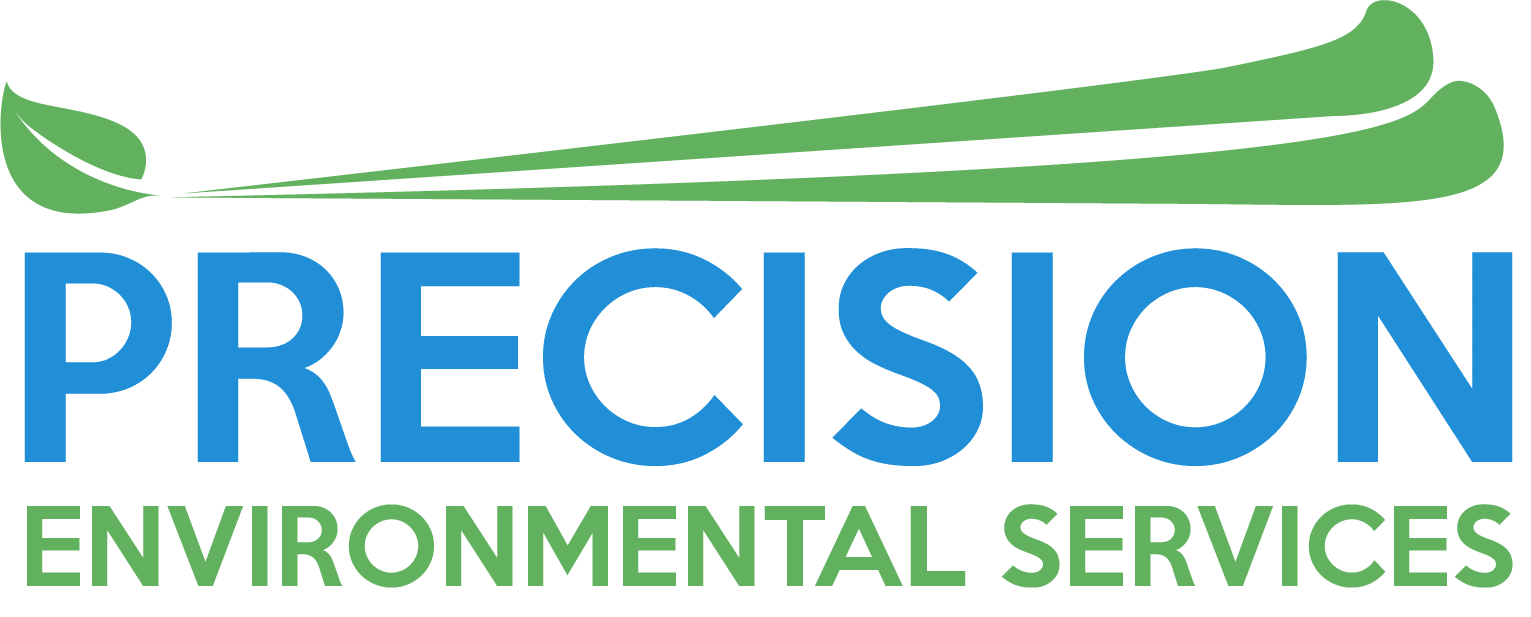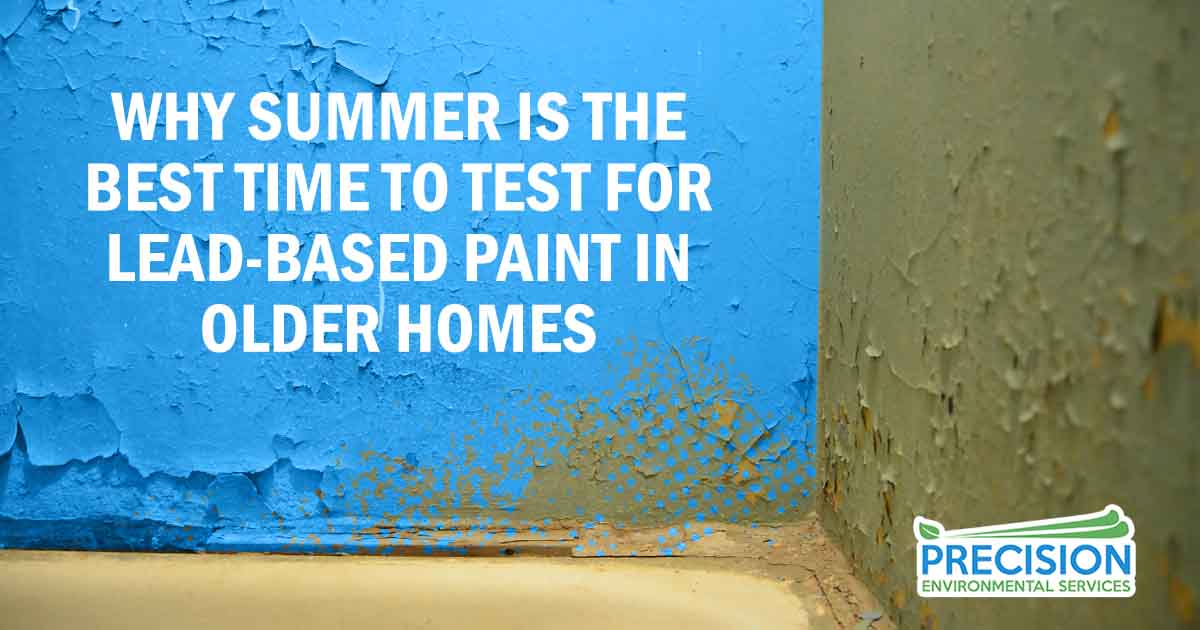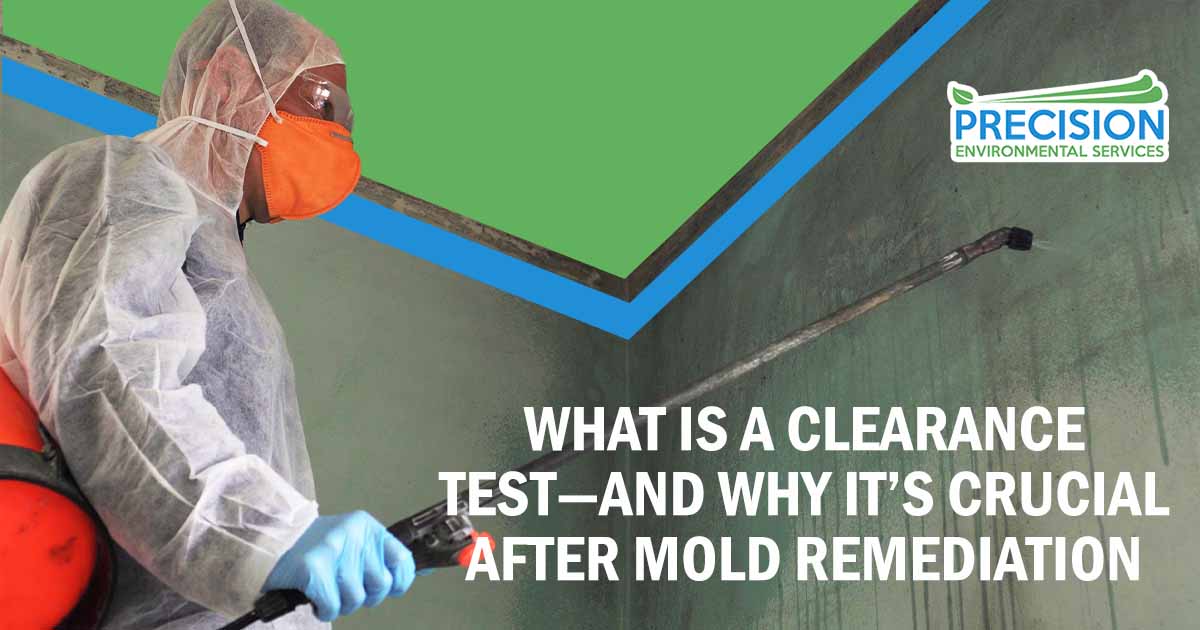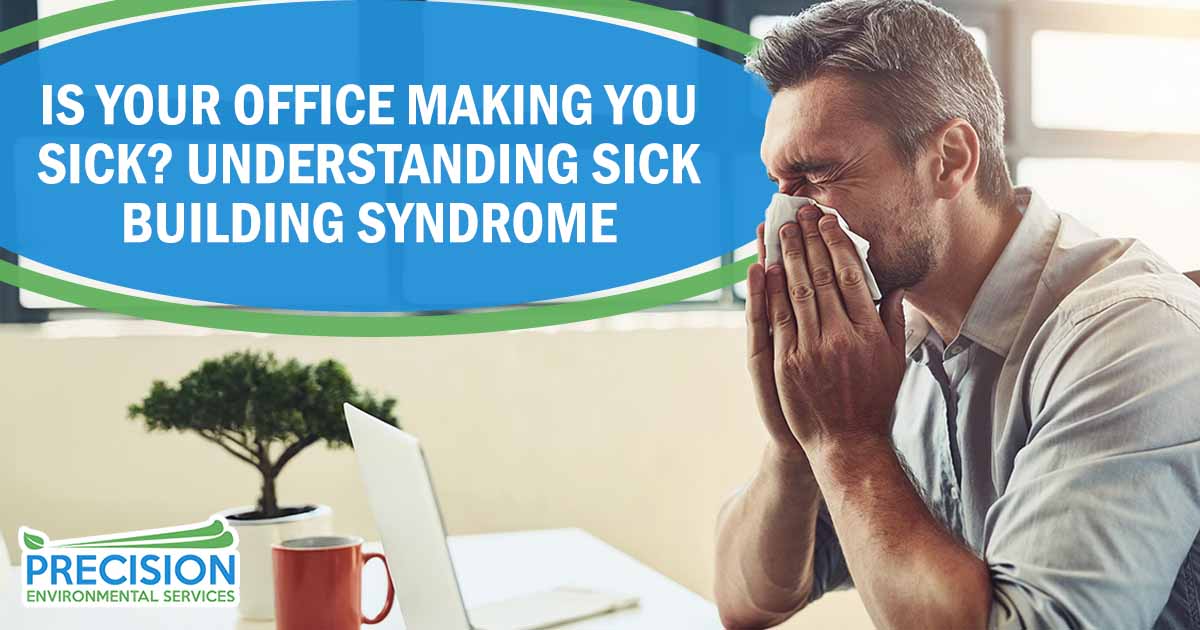Whether you see it or not, mold is all around us. Outdoors, the spread of mold helps nature break down decaying matter. Indoors, it can be dangerous to you and your family. So, how can you find out if you have mold when it can be difficult to spot?
What is Mold?
Mold is a fungus, and has the ability to grow and thrive in many environments. Molds spread through tiny spores floating in the air. Unable to be seen by the naked human eye, these spores can land on wet surfaces in your home and begin to grow.
While it is uncertain exactly how many species of mold there are on Earth, scientists estimate the range to be anywhere from tens of thousands to more than a few hundred thousand. Many of these molds are not harmful to humans, while some can be toxic. Most molds can be classified into one of these three categories:
- Allergenic molds are known to cause allergic reactions, including problems with breathing.
- Pathogenic molds can make symptoms worse for those already suffering from illnesses like cold and flu.
- Toxigenic molds have the potential to lead to dangers, even deadly, health conditions.
Signs of Mold in Your Home
When faced with a potential mold problem in your home, being able to identify the type of mold will be crucial in making a plan to remove it. But first, you need to be able to recognize that there may be a problem.
Some common signs that mold may be growing in your home include:
- Condensation
Condensation is a two-fold sign that your home may have a mold problem. Condensations can build up on a variety of surfaces, includes metal and glass. Not only can this create an ideal surface for mold spores to land on, the moisture could be feeding the mold. One thing you can look for as a sign of condensation build up is rusting pipes inside your home.
- Visible Water Damage
Have you seen any peeling, bulging or cracking on the walls for your home? Are there stains or any discoloration of the floors or ceilings? If so, these could be signs of a longtime water problem. Knowing that mold is attracted to moist environments, there is a good chance that mold is growing there. Another way to know if moisture has gotten into your home’s walls, floors or ceilings is feeling for dampness at the site in question.
- Visible Mold
Don’t scoff! Sometimes, what you see is not what you get. While visible mold growth might seem easy to spot, many people often mistake that growth for just dirt. That small, visible spot can sometimes mean there is a larger colony of mold growing out of sight.
Mold comes in many forms. It can be white and thread-like, or clusters of various colored spots. If a spot looks unusual, and you suspect it could be mold, it is best to play it safe and have it tested to see if any further action is needed.
- Unusual Smells
Find Mold by Smelling a Mold Odor
When you have mold growing hidden away in your house, often a moldy smell might be the only clue that it’s there. Don’t ignore mold odors if you can’t see any mold. You or a professional should thoroughly inspect your home before any mold problems get worse.
If you need to know how you can find out if you have mold in your home, call the pros at Precision Environmental Services at (940) 597-2673.






